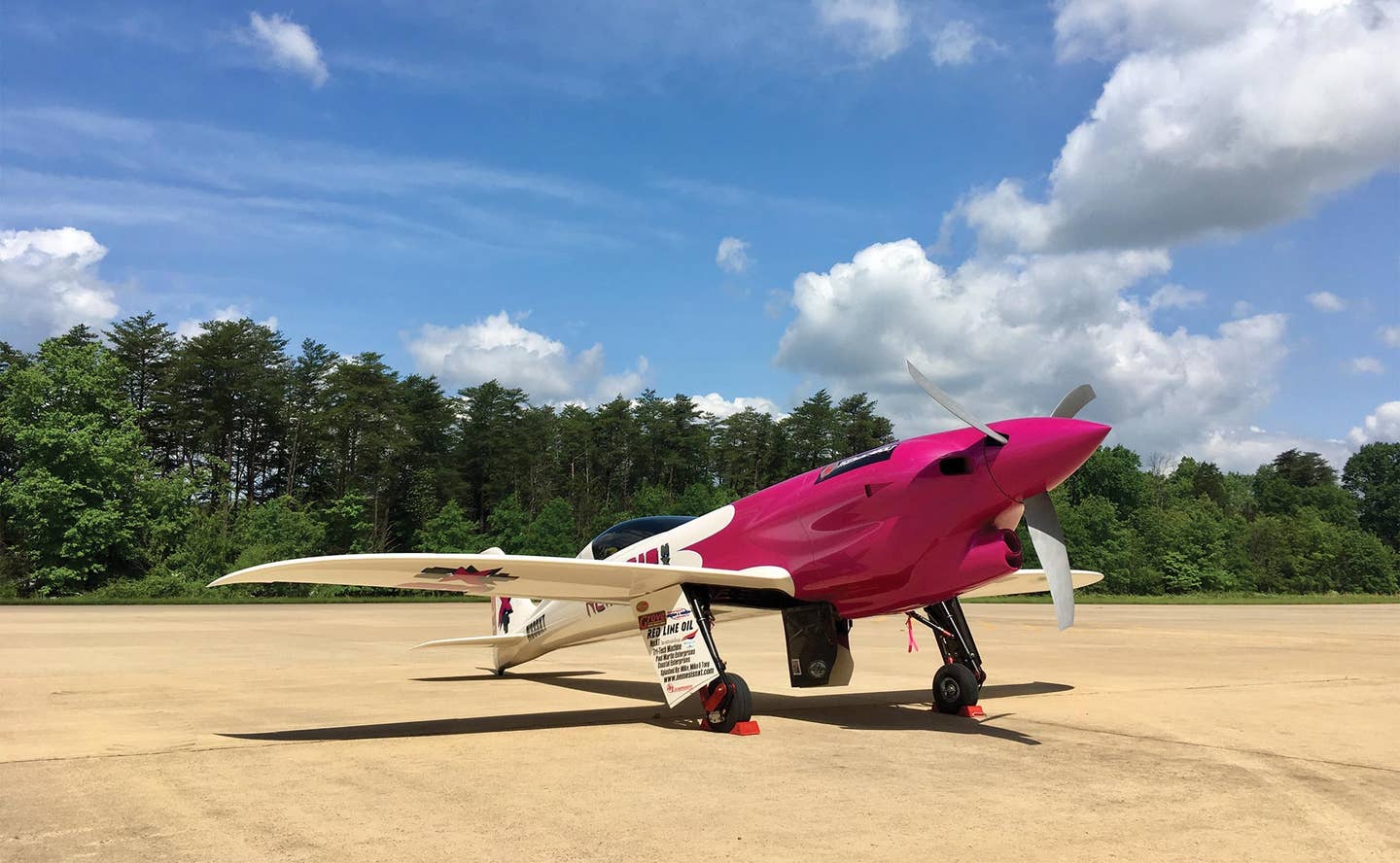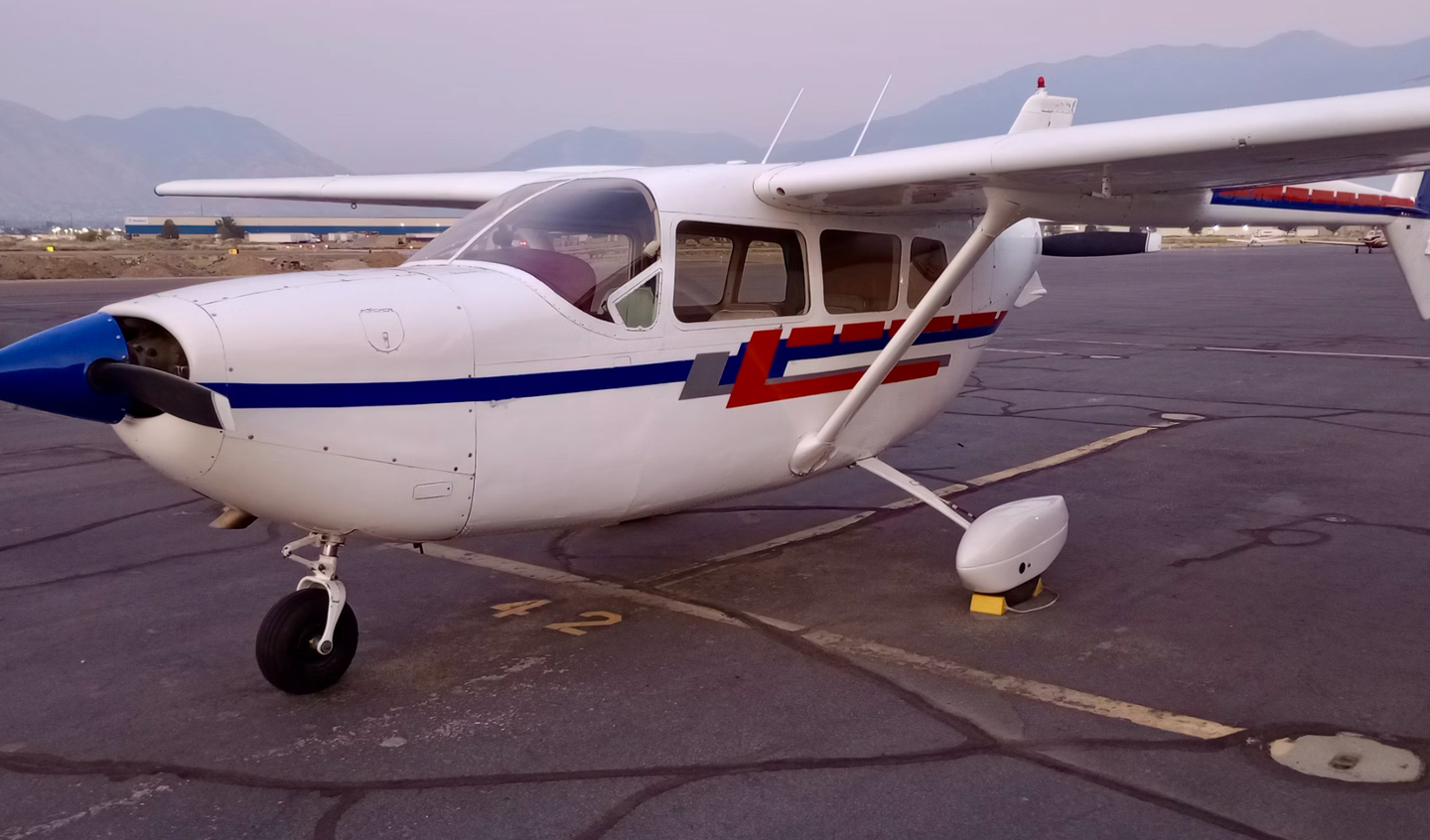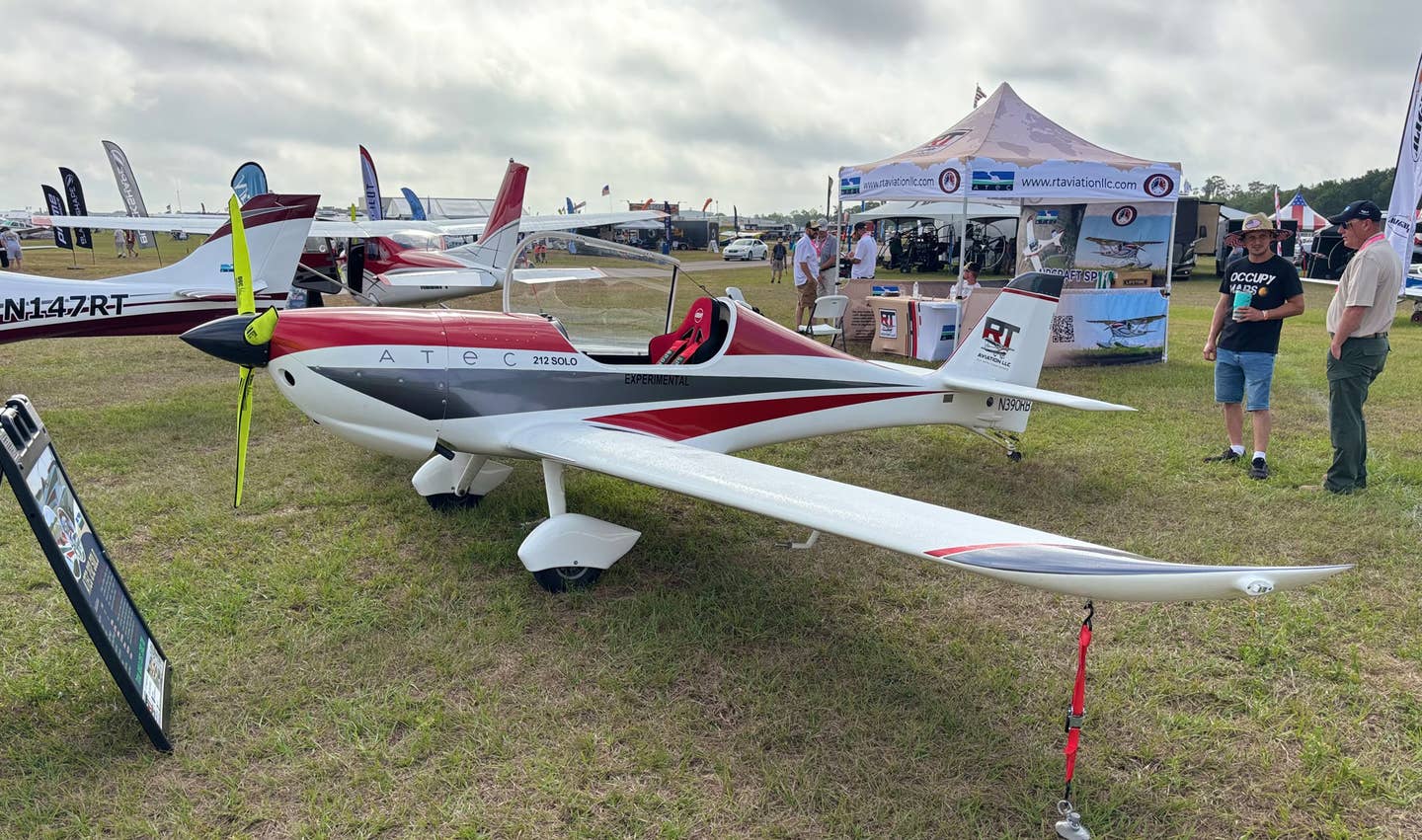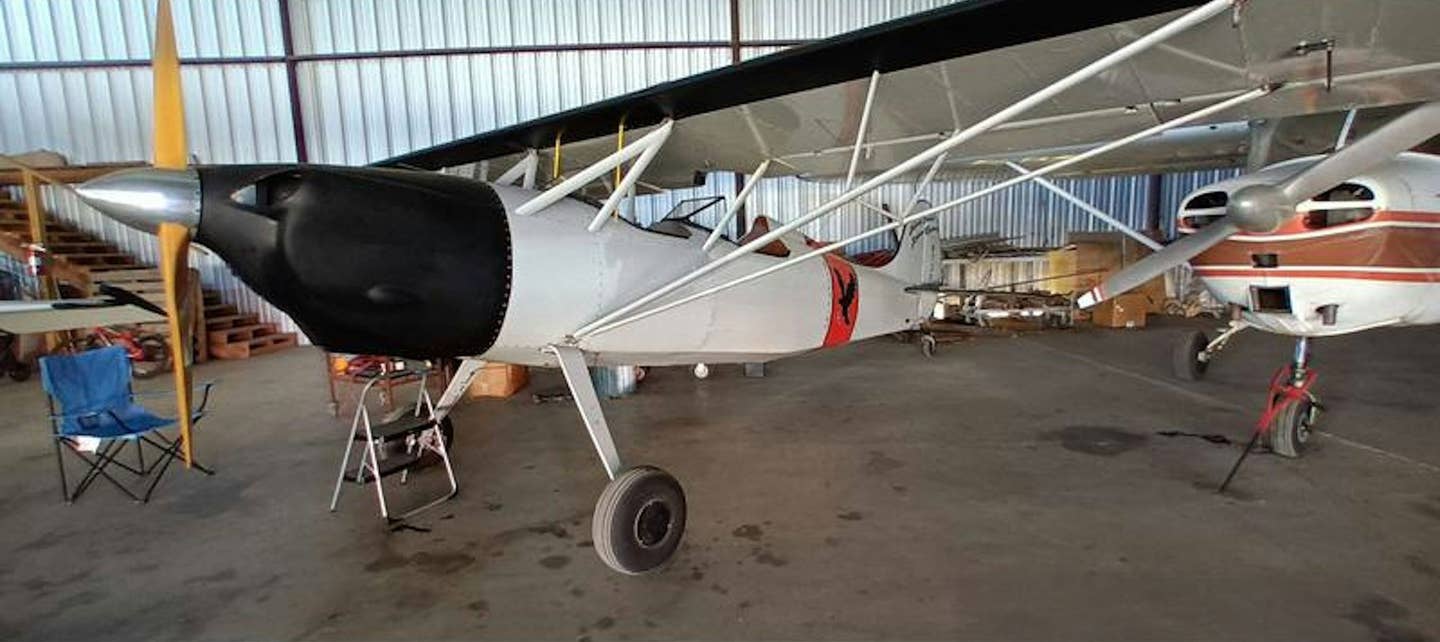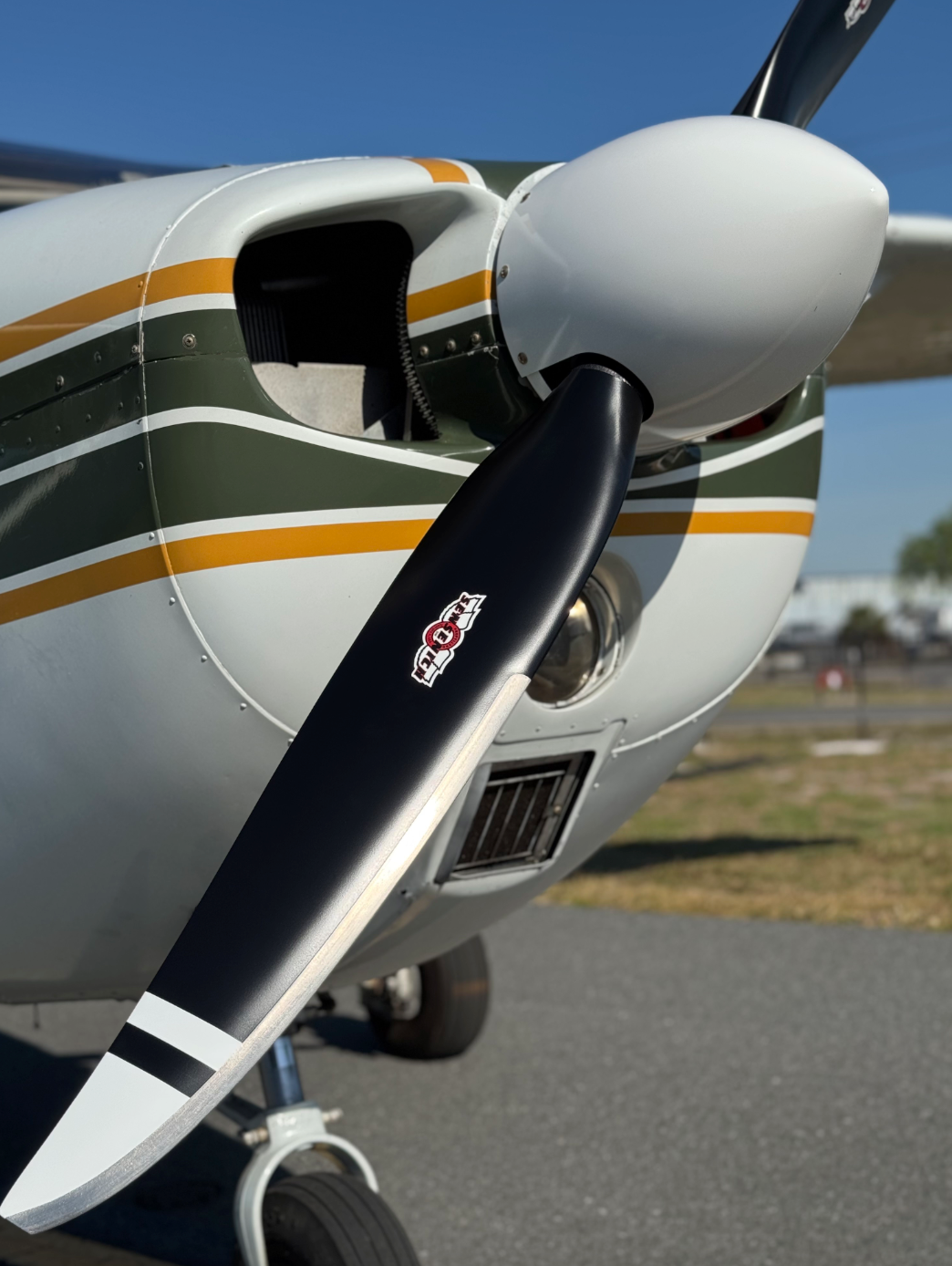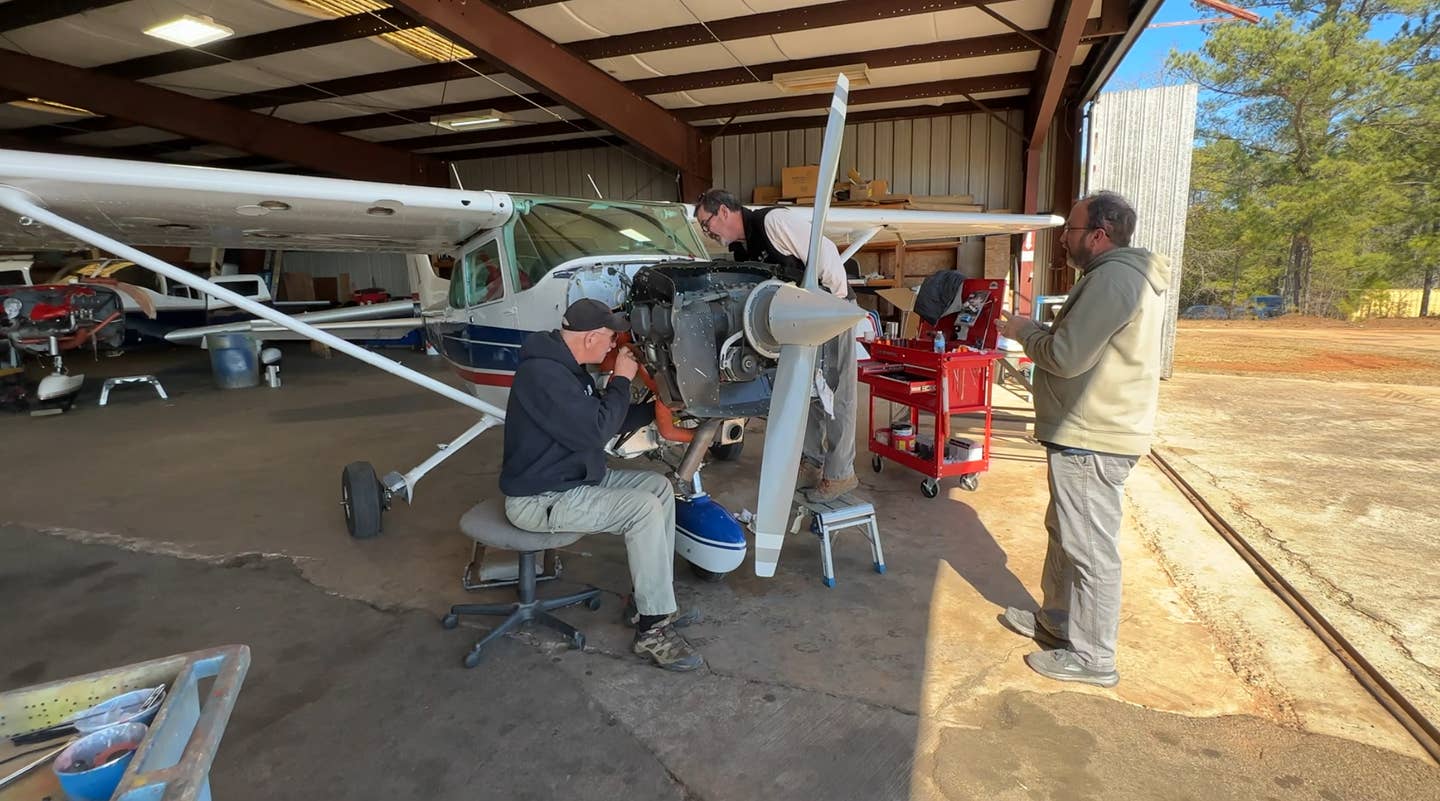
Mechanics work on a Cessna 182. Photo by Cayla McLeod.
The notion of flying an aircraft without every bit of installed equipment in working order is entirely abhorrent to the FAA. That said, we all know stuff breaks, and whether or not the airplane is technically (and legally) airworthy with something non-functional depends a lot on what's inoperative, and what kind of plane we're flying.
For instance, we can all agree that a propeller is a necessary item on a prop-driven airplane. But what about the pretty little spinner that decorates the center of the prop? The factory-provided equipment list for a Cessna 172M shows the spinner assembly to be required. But a Cessna 150M of similar vintage lists the spinner as a “standard” item, not a required one, so it's legal to fly with it removed. Same thing goes for those plastic wheel fairings, commonly taken off in winter to avoid impacted accumulation. The wheels and tires are required items; the fairings are not.
The first rule of “Can I fly without it?” is, do the regulations require it for certification of the aircraft? Some things are mandated for any airplane, like an airspeed indicator, altimeter and compass. Likewise, aircraft with engines need a tachometer, oil pressure and temp gauges and fuel quantity indicator. So, if a gas gauge is broken, you can't just dipstick the tank to verify fuel level and fly home.
The second rule is, “is it necessary for this flight situation?” If you're going into Class B airspace, the ADS-B Out has to be working; if staying outside the 30-mile veil, it doesn't—except for FAR 91.215(c) , which says if your transponder equipment is operable, it has to be on. However, if your transponder's certification has expired, you can't operate the system. But you can still fly outside of the required airspaces.
Similarly, if you have a navigation light burned out, you can fly up to sunset, but not after. However, the approved anti-collision light must be working for all flying, even in broad daylight. Add-on recognition lights and strobes can’t substitute, because they were not certified with the airplane. But if an item was required to be added by Airworthiness Directive, it does have to be operable.
Finally, does the pilot determine that it's necessary for the safe conduct of the flight? That GPS display wasn’t in the panel when the aircraft was certified, but you may not be comfortable making a trip with only a VOR receiver and a sectional chart if it goes blank. An airline captain friend of mine once refused to accept an airplane for a transatlantic flight because there were no blankets on board for the passenger cabin, insisting that it was “inadequately provisioned.” The pilot always has the last word.
Okay, you've found out that the stall warning indicator isn't working when you checked it during preflight. That's a certification requirement, so you can't fly home with it inoperative. It has to be fixed where you are. One option is to ask an A&P mechanic to get you a special flight permit, commonly called a “ferry permit,” good for one flight for repair purposes, subject to special conditions. Will your insurance coverage be in effect? You'll have to verify that with the policy issuer.
Operation of an aircraft with a known deficiency casts doubt on the pilot's competency, should the FAA become involved. Insisting that it was working when you preflighted, but must have failed in flight, only works if you can prove the failure occurred as you were en route to home base. If you overflew numerous suitable landing facilities or made fuel stops with a failed mandated item, as I once had to do with a inoperative generator during a vintage-plane ferry trip, you're exceeding your emergency operation authority.
If it has to be there, it has to be working.
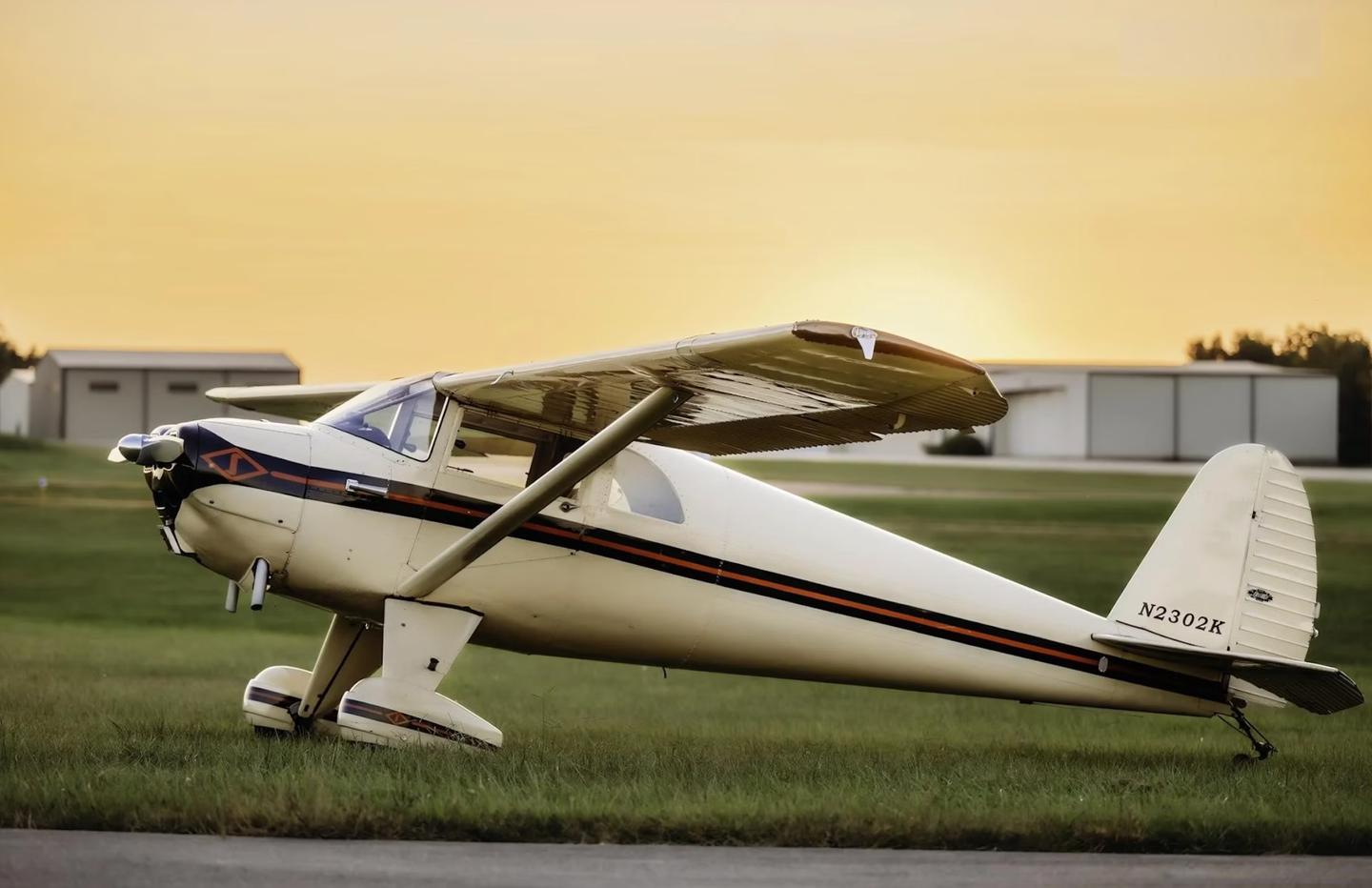
Subscribe to Our Newsletter
Get the latest Plane & Pilot Magazine stories delivered directly to your inbox

